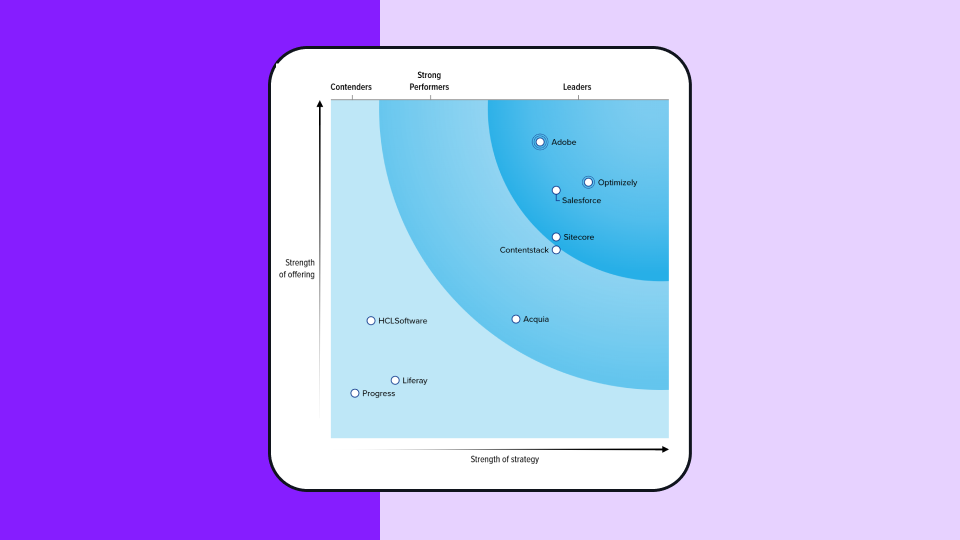Content management system
What is a content management system (CMS)?
A content management system (CMS) is software that empowers you to create, manage, and modify digital content without coding expertise. Think of it as a user-friendly interface for building and maintaining websites and other online platforms. Multiple users can collaborate, edit and publish content from a central dashboard, streamlining workflows and ensuring consistency.
Key features of a CMS
Modern CMS platforms offer a range of features to simplify content creation and management:
- Content creation - Easaily create, edit and format various content types (text, images and videos) with intuitive editors.
- Digital asset management - Store and organize digital assets (images, documents, videos) in a centralized locaion for easy access and reuse.
- Collaboration - Facilitate teamwork with workflows and permissions for different roles (authors, editors, admins)
- Content delivery - Seamlessly publish and schedule content to websites, social media and other channels.
- Optimization - Analyze content performance and make data-driven improvements.
- Integration - Connect with other marketing tools (CRM, analytics) to streamline workflows
💡If your CMS can’t speak to machines, your content won’t be seen. Discover how GEO works
What are the benefits of a CMS?
A CMS offers numerous advantages for businesses and individuals:
- No coding required: Empowers non-technical users to create and manage websites and online content
- Collaboration: Enables multiple users to working together on content creation and publishing
- Streamlined workflows: Simplifies content updates and reduces reliance on developer resources
- Improved digital experience: Facilitates faster publishing and enhances user experience
- Multi-channel distribution: Easily distribute content across various platforms (website, social media, mobile apps and more
What’s the difference between a website and a CMS?
A website is a collection of web pages that users can see, while a CMS is what the creators of the website use to build those web pages.
In contrast, a CMS or Content Management System, is a piece of software that allows you to store, manage and publish said web pages. Most websites use a content management system, but you could make one without a CMS, writing directly in a programming language like HTML and CSS. More often though, it’s easier to use a CMS to manage content for the editor instead of building a website from code.
Popular CMS examples:
-
Wordpress
-
Drupal
-
Contentful
-
Squarespace
-
Wix
-
Joomla
-
Hubspot
Online stores present a slightly different use case for a content management system. While Optimizely, Monetize, Adobe Magento and Shopify manage content in a similar fashion to a traditional CMS, many would consider these ecommerce platforms with added functionality as opposed to a traditional CMS.
Choosing the right CMS: Key considerations
- Budget: Consider software costs, hosting, domain name, development and maintenance
- Content and processes: Determine the type of content you'll manage and the necessary workflows.
- Integrations: Ensure compatability with your existing marketing tools and tech stack
- Ease of use: Look for user-friendly features like drag-and-drop editors, role management and intuitive interfaces. Consider a headless CMS for more advanced customization
- Team size: Larger organizations may require more robust enterprise features like single sign on (SSO) and advanced scalability
- Success meaasurement: Integrate with analytics platforms to track key metrics and test content changes
- SEO friendliness: Prioritize a CMS with built-in SEO tools or plugin support for optimizing titles, URLs, meta decription and image alt text, among other things.
- Technology: Choose a CMS that aligns with your developers' expertise (e.g. PHP, .NET, Javascript)
- Support: Check forfrequent updates, use of latest technologies, bug resolution speed and the size and responsiveness of the support team. A strong developer community is also a big plus!
Check out our detailed guide to choosing an enterprise CMS for a full breakdown of the absolute must-have features for your CMS.

